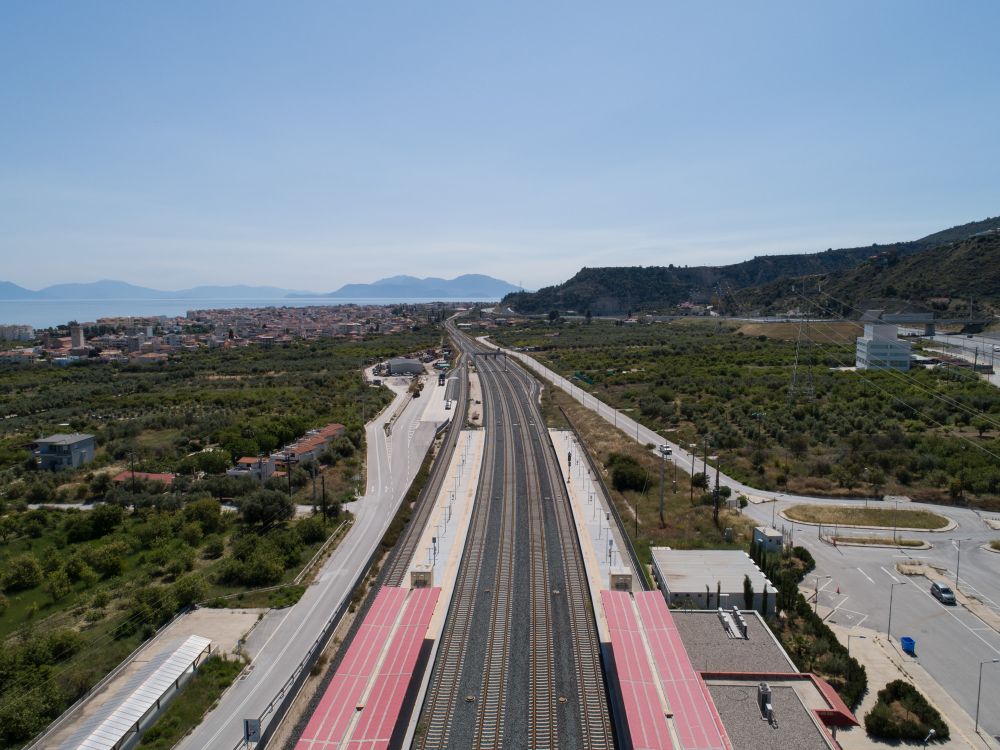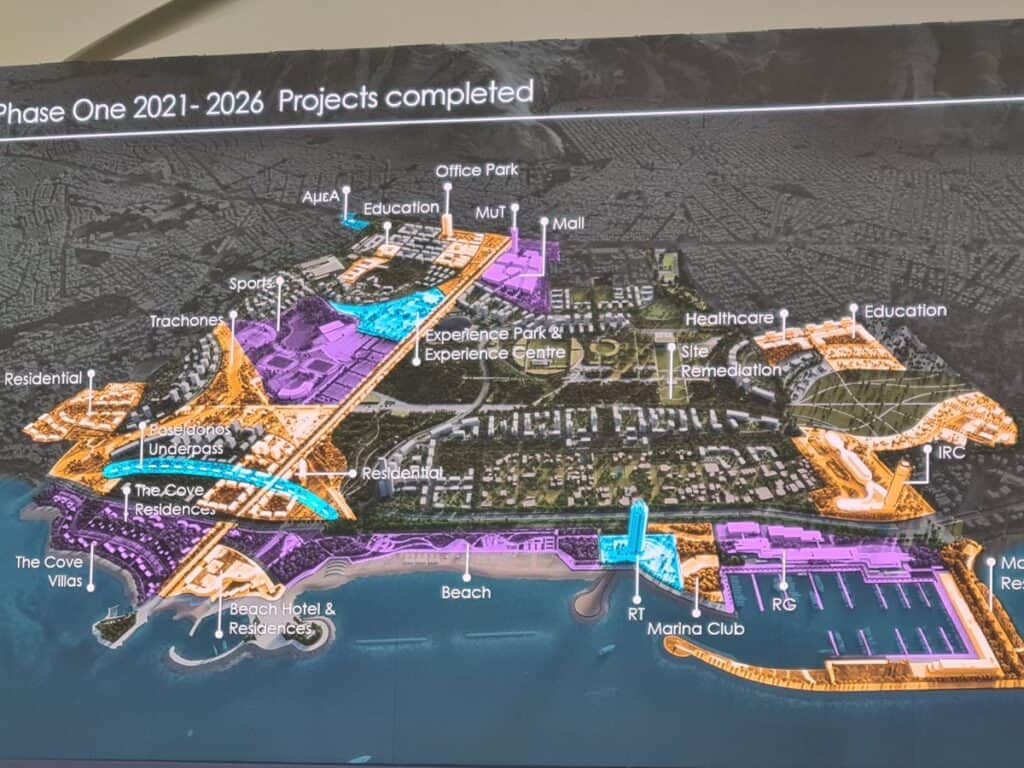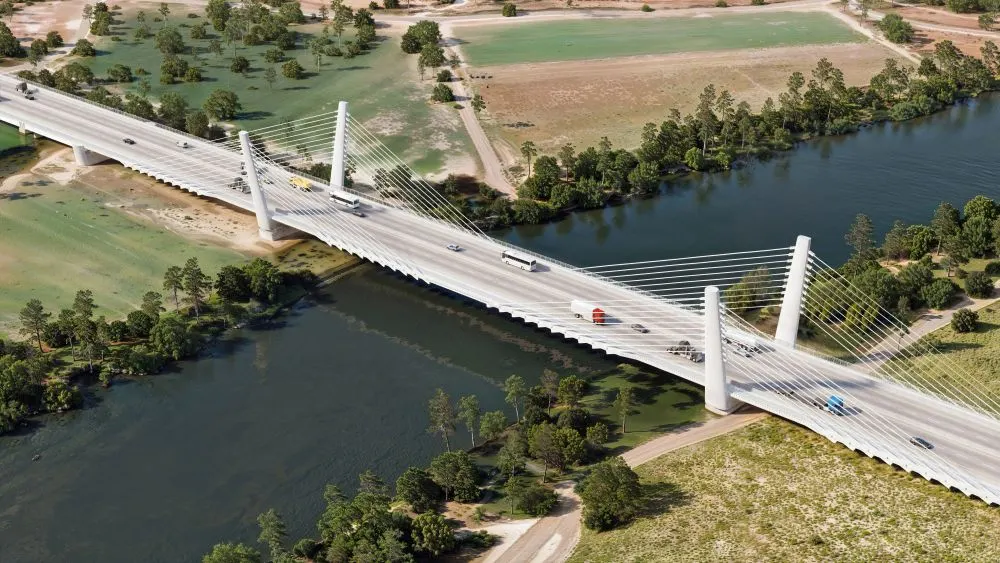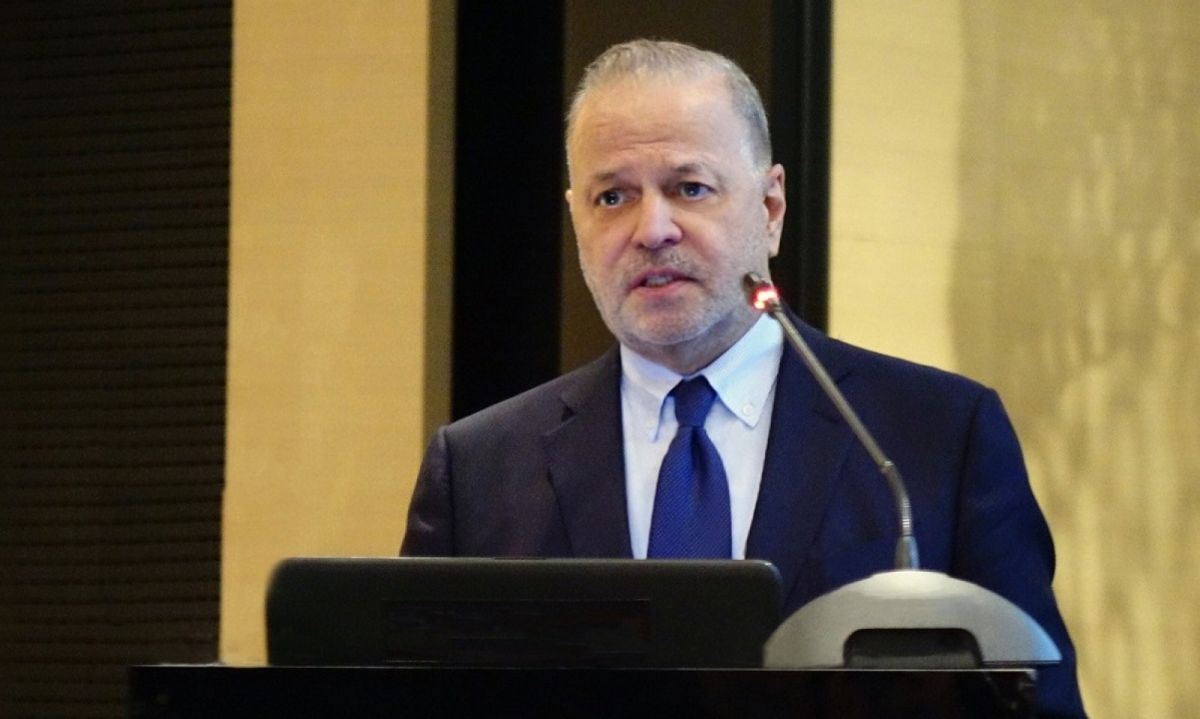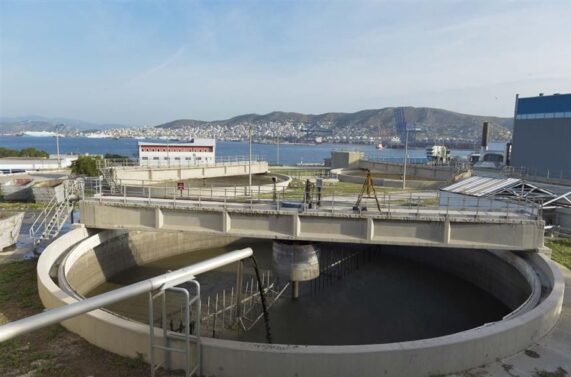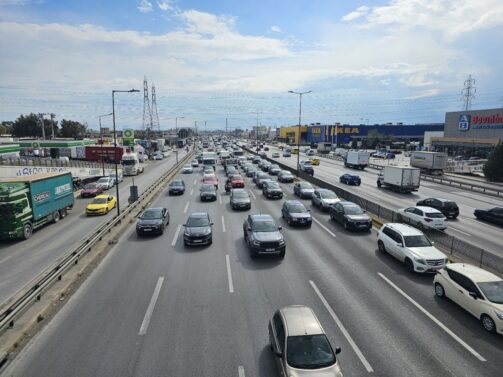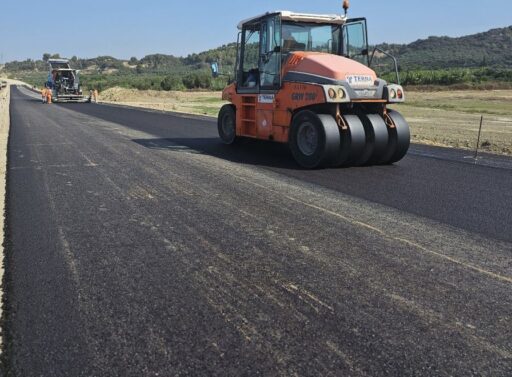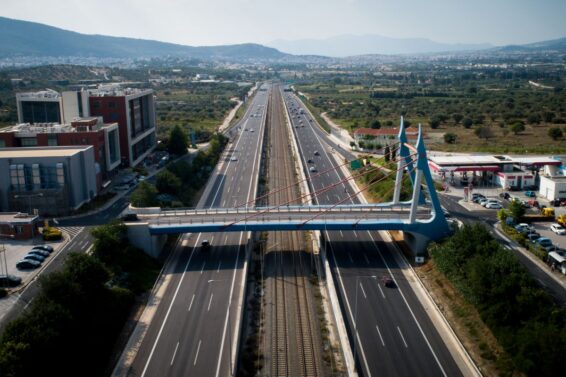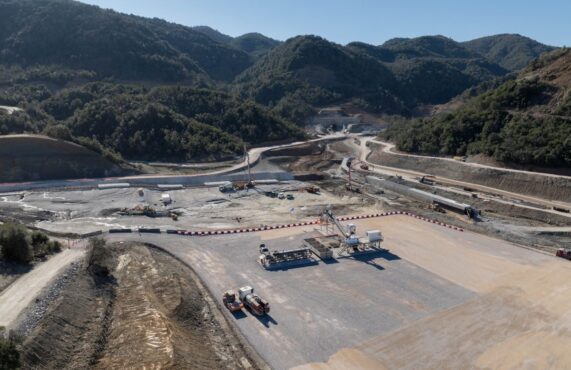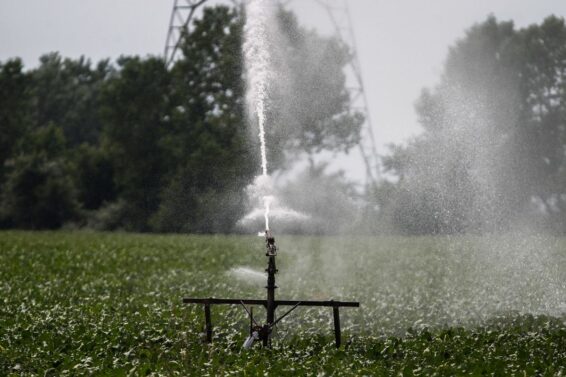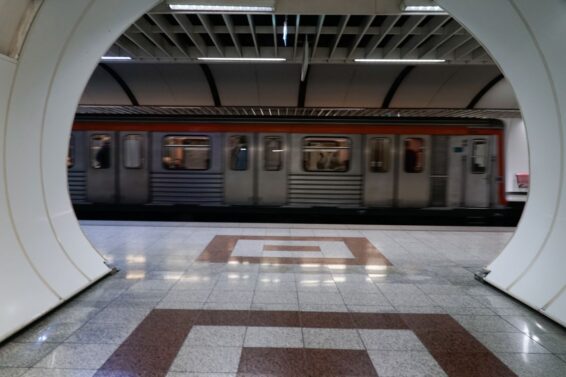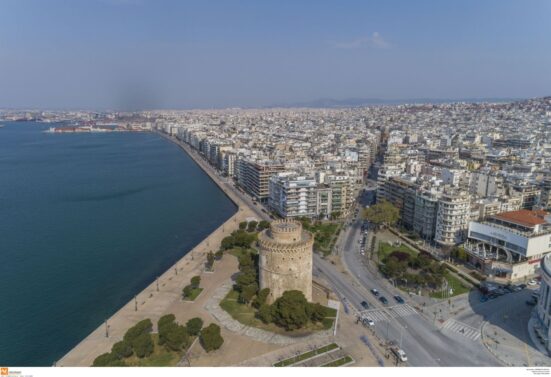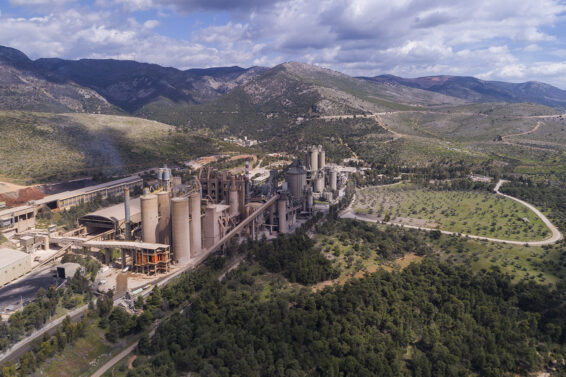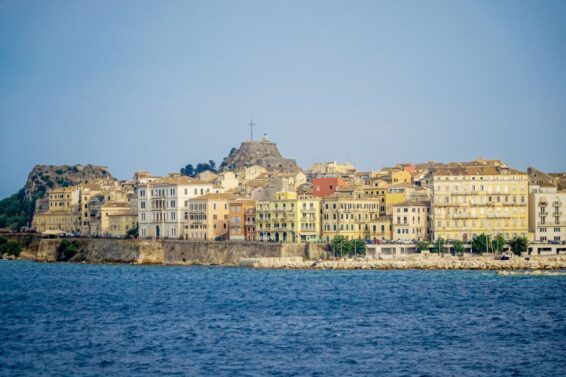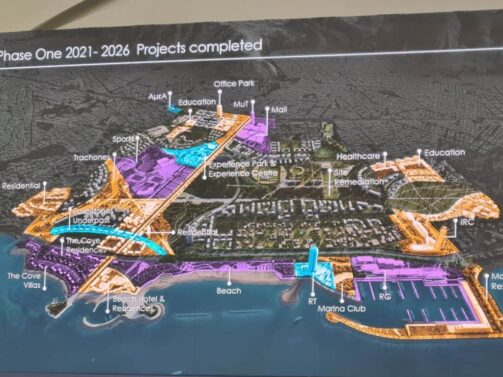The end of the dominance of major road projects seems to be a reality in our country.
After nearly 40 years of major road construction, the era of very large highway projects appears to be concluding with the BOAK (Northern Road Axis of Crete) and a few additions to existing routes.
The Ioannina-Kakavia or Patras-Pyrgos roads, which complete the Ionian and Olympia Highways, along with projects like Bralos-Amfissa, Kalamata-Methoni, and the Chalkida bypass, are among the last additions to the now expanded road network that the country possesses.
In Greece today, the interurban highways cover almost all of the country’s large and medium-sized cities, as well as the most important ports and airports. By 2030–2032, with the completion of the BOAK and other projects, our country will have an even stronger network of road corridors.
If we add to this equation some additional projects expected in the coming years—such as the Thessaloniki–Edessa, Drama–Amfipoli, and, in sections, the Pyrgos–Kalo Nero–Tsakona—we can see that we are now beginning to cover even smaller or more remote areas.
Let me know if you’d like this translated in a more polished or formal style, or if you’re putting this together for a specific purpose like an article or report!
In terms of urban road projects, we currently have the flyover on Thessaloniki’s Ring Road, which is expected to significantly upgrade the city’s urban highway when it opens in 2027.
In Athens, discussions have long been underway regarding the extensions of the Attiki Odos and the new Elefsina–Oinofyta corridor—road interventions considered important, as the capital’s road network has long been saturated and mobility needs continue to grow.
All of the above reflects a current reality in our country, as we have succeeded in creating significant infrastructure in the area of roadworks.
A Turn Toward Rail?
If we consider that the roads we already have—or are about to acquire—will further improve how we move by vehicle, then the inevitable comparison with the railway comes to the forefront.
In this regard, things haven’t gone particularly well, despite the significant investments that have been made—culminating in the tragic accident in Tempi and, later, the massive damages caused by the Daniel and Elias storms.
The restart being attempted for the railway may be a good opportunity for a comprehensive reassessment—not just of what we currently have, but more importantly, of what we actually want to build for the future.
The railway projects beginning with the restoration works in Thessaly, and continuing with projects funded by the CEF (the EU’s infrastructure “ESPA,” as it’s often called in Brussels), present a good opportunity for broader planning toward expanding the use of one of the most environmentally friendly modes of transport.
The primary objective is to ensure the full operation of the main Athens–Thessaloniki artery, with a focus on safety, speed, and service. In the next phase, the Athens–Patras line should follow, so that the ports of Patras, Piraeus, and Thessaloniki can be interconnected.
The news that a more realistic and achievable plan for extending the railway to Patras is gaining momentum is encouraging. Greece’s third-largest city has remained disconnected from the national railway network for over 15 years, and this link is long overdue.
Additionally, upgrades in the north—on the Thessaloniki–Idomeni and Thessaloniki–Promachonas lines—strengthen the effort to connect Greece with the electrified networks of the Western Balkans and Bulgaria.
Let’s not forget that the European Union has an ambitious plan for a vast European rail network, and the new Commissioner for Transport, Apostolos Tzitzikostas, will be orchestrating this effort. This means that soon, Greece will need to be ready for Athens and Thessaloniki to connect with other European cities via the expanding night train network, which is already booming in Western Europe.
Even more important will be the ability to transport freight via Greece’s two main ports—Piraeus and Thessaloniki—into Europe, as this will highlight the country’s much-aspired role as an international transport hub.
The momentum for rail also continues at the suburban level. In Attica, a line to Elefsina and Megara is under construction, while there is also a pressing need to connect the railway with the ports—primarily Rafina and secondarily Lavrio.
In Thessaloniki, a tender is currently underway for the western suburban railway, and there is potential for further expansion of the system.
Lastly, we must not forget the efforts to reactivate sections of the railway that were shut down during the financial crisis—particularly in the Peloponnese.
There are initiatives under way for the Corinth–Nafplio–Tripoli line, as well as in the west, from Kato Achaia to Pyrgos, in order to reconnect the isolated Ancient Olympia line with the national network.
What’s clear is that the baton of major infrastructure projects is now being passed from roads to railways—at a time when Europe itself is ramping up rail use at local, regional, and trans-European levels, signaling that the future belongs to the tracks.
For more details and the complete article in Greek, click here
ΜΗΝ ΞΕΧΑΣΕΤΕ
- Ακολουθήστε το ypodomes.com στο Google News και μάθετε πρώτοι όλες τις ειδήσεις για τις υποδομές στην Ελλάδα
- Αν είστε επαγγελματίας του κλάδου, ακολουθήστε μας στο LinkedIn
- Εγγραφείτε στο Ypodomes Web TV

